 Plant Nature Study II
Plant Nature Study II
Plant Nature Study II
Plant Nature Study II

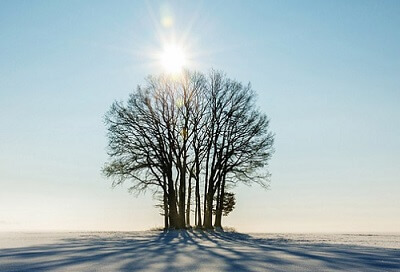
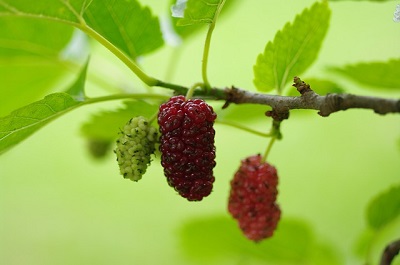
 Plant Nature Study II
Plant Nature Study II
Plant Nature Study II
Plant Nature Study II

Study the lesson for one week.
Over the week:
CHARACTERISTICS OF TREES
The first lesson overviews identifying trees based on their distinguishing characteristics.
The general traits of trees include:
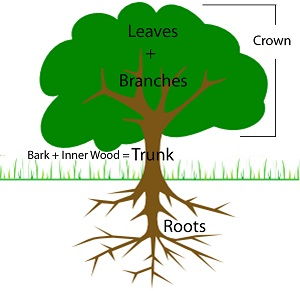
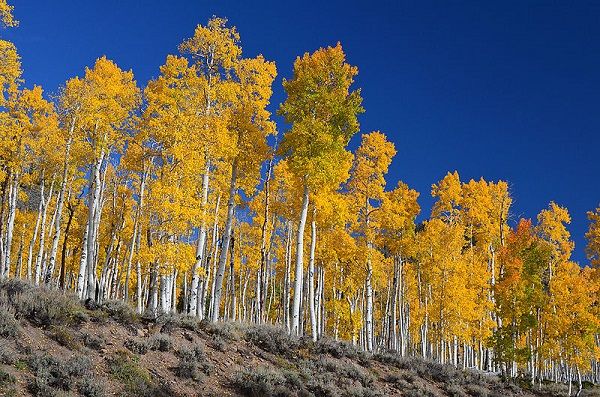
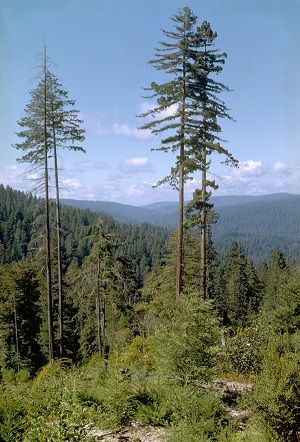
Activity 1: Narrate the Lesson
Activity 2: Study the Lesson Pictures
Activity 3: Take a Nature Walk
Activity 4: Complete a Field Book Entry

After your nature walk, complete pages 4-6 in 'Science Field Book for Fourth Grade.'